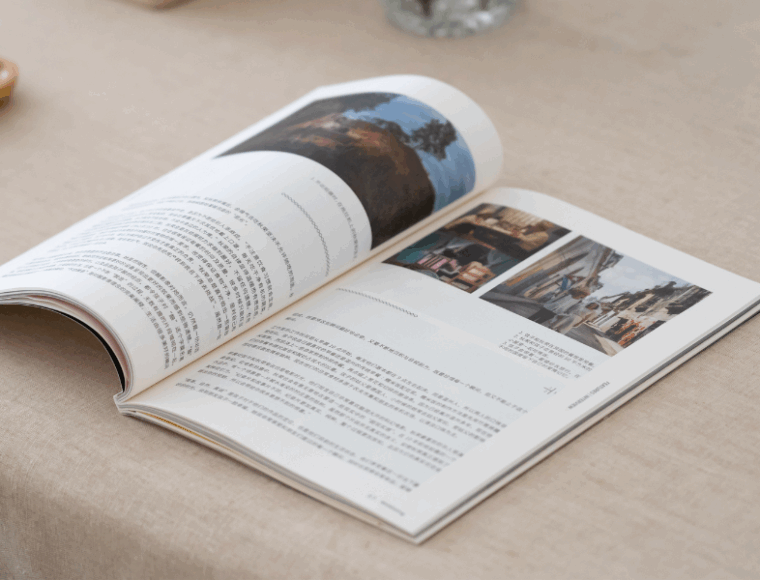


Browse Our Newsletter
Healing Systems, Not Just People: Healing Health Inequalities
Read more

For Black History Month 2025, Emma Hulme, Cain Lawrence, SIG’s in-house content creator, and I agreed to take an unprecedented step in acknowledging how Civil events actually bring people together, regardless of geographic location or ethnic history.
On October 16th, I boarded the train from Euston Station to Lime Street, Liverpool, on a mission to learn more about the work Safe Ground does in Merseyside and the events that have made Toxteth a synonymous part of the Black British narrative.
My first working assignment was to meet my colleagues, including Ailsa Oakes, Family Service Manager for SIG Safe Ground at HMP Altcourse, as well as Alan, “Degs” and Tony, at the soon-to-be world-famous Toxteth TV studios.
I must say that there’s a distinctly retro feel to this space, with video films, recorders, and games aplenty, which in many ways was the perfect preparation for the trip back in time that lay ahead. It also sits on Windsor Street, a place teeming with arts and community organisations, including 20 Stories High, The Liverpool World Centre, Squash Community Café, Bridge2, Toxteth Library, and Writing on the Wall (WoW).
Whilst in the Toxteth TV studio, the six of us, under Cain’s cinematographic direction, engaged in what’s succinctly described as a reflective session, where we spoke about life incidents and permitted ourselves to move forward peacefully.
Emma then took Cain and me on an evening walk around the streets of Toxteth. This is the heart of where the civil uprisings took place in 1981. We visited local landmarks such as the Active Minds Social Club, Kuumba Imani (formerly the Black Sisters), the IBO Community Centre, and the Rialto Frontline, which saw the police being held back for nine consecutive days.
In terms of trigger points, the critical difference between the first Liverpool race riots of 1919 and the 1981 Uprising(s) was that points of contention shifted from competition amongst racial groups primarily for employment opportunities. Instead, a coalition of what had become universally marginalised groups came together to challenge constant and brutal acts of Police oppression and racism.
This change in status from enemies to allies over a 62-year timeline has led me to question whether this was the point in time when communities recognised that they were being divided by virtue of Protected Characteristics, but found unity through class and a realisation of the functions these frameworks actually serve. There is a sense of community as you walk these streets, littered with stories of passion, brutality, resistance and heartbreak.
Day two saw me heading across the lively streets of Liverpool One to the aesthetically stunning St. James’ Cathedral and Park. There, I was utterly blown away by the poetic brilliance of spoken word artist Toria Garbutt. She delivered a virtuoso performance of (We are Good Enough) Toria’s choice of words painted such a vivid picture of the urban growth experience that again it became clearer that millions of people across the UK have a lot more in common than maybe we were aware of.
St. James’ Park also created the perfect backdrop for Emma and me to continue our recorded conversation about Toxteth and its similarities to Tower Hamlets (London), which also relied heavily on dockland economies during the late 1970s and early 1980s.
Before heading back to Lime Street Station, Cain and I visited Chinatown, home to the largest Chinese Arch outside of China, a powerful symbol of the multi-ethnic contributions that shape everyday life in the UK. It was also the site of the 1919 race riots, an often forgotten moment in history that shaped the lives of many immigrant families in the city. Spending time in Liverpool, I was struck by the city’s complex identity — a place made prosperous through the slave trade, yet also home to the oldest Black community in the country.
The sense of Black pride remains strong here, even in the face of recent challenges. But if we forget this history, do we risk losing the vital learning it offers for the future?
I was also reminded of how creativity has always been a tool for resistance, from the 1919 race riots to the 1981 uprisings, and how storytelling, art, and culture remain the cornerstones of change. In a city where everyone has a story to tell, I look forward to continuing these moments of connection and deepening our understanding of the communities we work alongside.
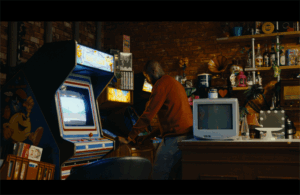



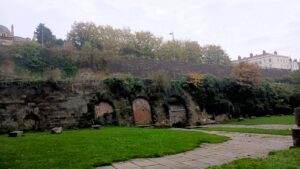

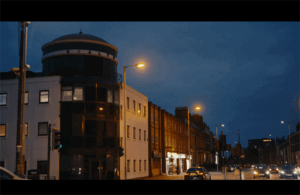





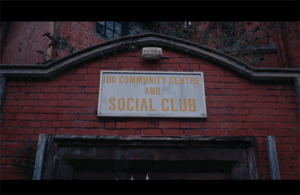

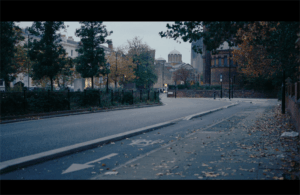







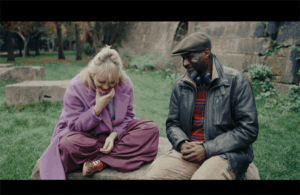

The views and opinions expressed in this blog are those of the authors and do not necessarily reflect the official policy or position of Social Interest Group. Any content our bloggers or authors provide is their opinion and is written to promote discussion and raise awareness of topics.